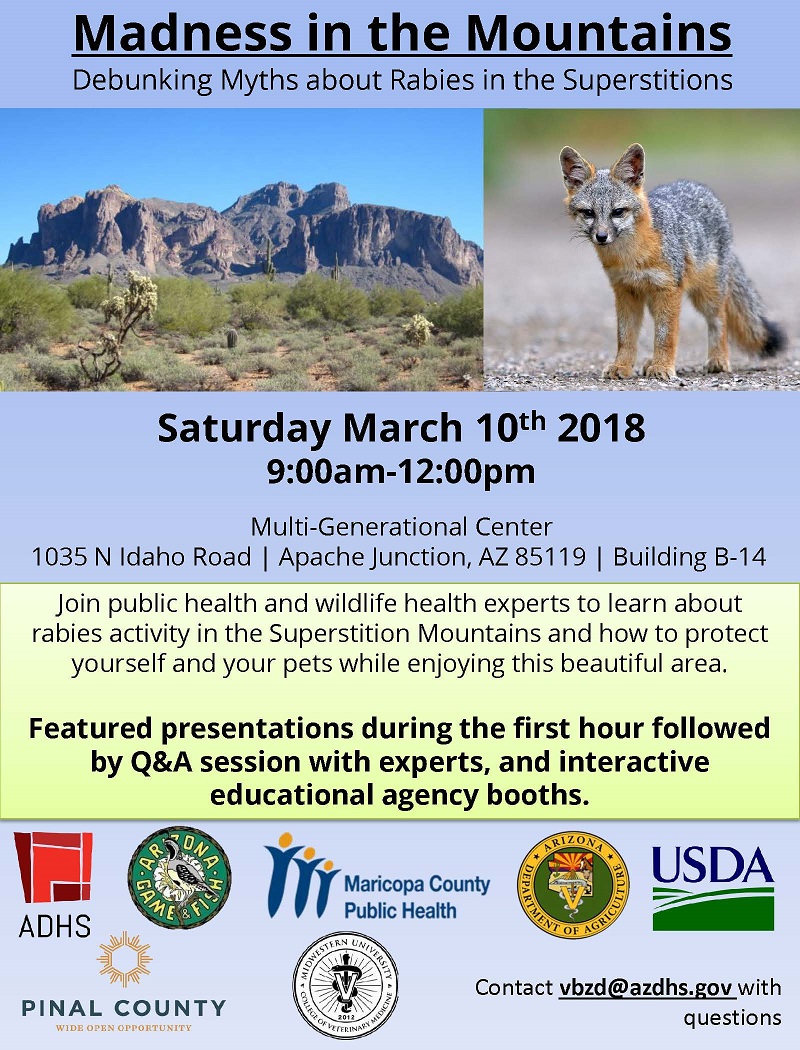Every year a group called the Trust for America’s Health puts out a ‘Report Card” regarding what they believe is an assessment of each state’s readiness for a public health emergency. They use various measurements that they can find and grade each state against each other. The implication is that states that do poorly won’t be able to execute in a public health emergency and the ones that do well will do fantastic. The problem is that they usually pick measuring sticks that have little to do with real public health readiness, things that public health systems have little control over, or both. Sometimes the points are awarded for things that are cosmetic. I don’t have any objection to outside entities scoring and passing judgment on states’ preparedness… but I do object when the criteria they use has little to do with the conclusions they draw.
For example- in this year’s report AZ lost 3 out of a total of 10 possible points because our whooping cough vaccination rates are 86% (rather than 90%), there’s a $5 co-pay for flu shots under the state Medicaid program, and the fact that AZ doesn’t have a comprehensive global warming action plan. Using those criteria- are you ready to conclude that our state’s public health preparedness network is unable to effectively respond to a public health emergency? (That’s a rhetorical question).
Safeguarding the public’s health is more important than ever. Whether the threat is a disease outbreak, environmental hazard or natural disaster, the public health system works 24 hours a day, 7 days a week to keep Arizonans safe. Each year, the CDC evaluates state and local public health preparedness programs in a detailed report that measures what really matters. This year’s installment is entitled 2012 State-by-State Report on Laboratory, Emergency Operations Coordination, and Emergency Public Information and Warning Capabilities. This document outlines each state’s ability to perform key laboratory functions, engage in emergency operations, and develop and distribute public health messages. While Arizona wasn’t perfect in this year’s CDC report- we did pretty darn good.
For example, our Lab tests thousands of biological and chemical samples each year, and is a cornerstone of our public health system. As a part of the Laboratory Response Network, we’ve consistently demonstrated its ability to detect high-threat biological agents like anthrax. Our lab team works long hours to test samples from suspicious packages and provide accurate results to our first responder community. As the report indicates, one area for improvement is our turn-around-times for pulsed-field gel electrophoresis testing- a technique used to identify organisms that commonly cause food borne illness. We’re working to improve these turn-around-times by ensuring we have the right staffing and resources needed to meet these bench marks.
Another capability addressed in this year’s CDC report is Emergency Operations Coordination. ADHS has participated in dozens of exercises and drills over the past several years to prepare our staff for public health emergencies. For the 3rd year in a row, our staff met the 60 minute target for Emergency Operations Center activation. Similarly, our staff successfully demonstrated our ability to develop and distribute public health messages in a timely manner. These examples illustrate our ability to manage public health emergencies and safeguard the public’s health during a disaster.
For our employees that work in preparedness throughout Arizona’s public health system- the work is never done. But I’m proud to say that we’ve achieved all of our emergency preparedness targets, and nearly all of the lab requirements for this year’s report. Thanks to all of our preparedness staff for their hard work and dedication. Well done.











